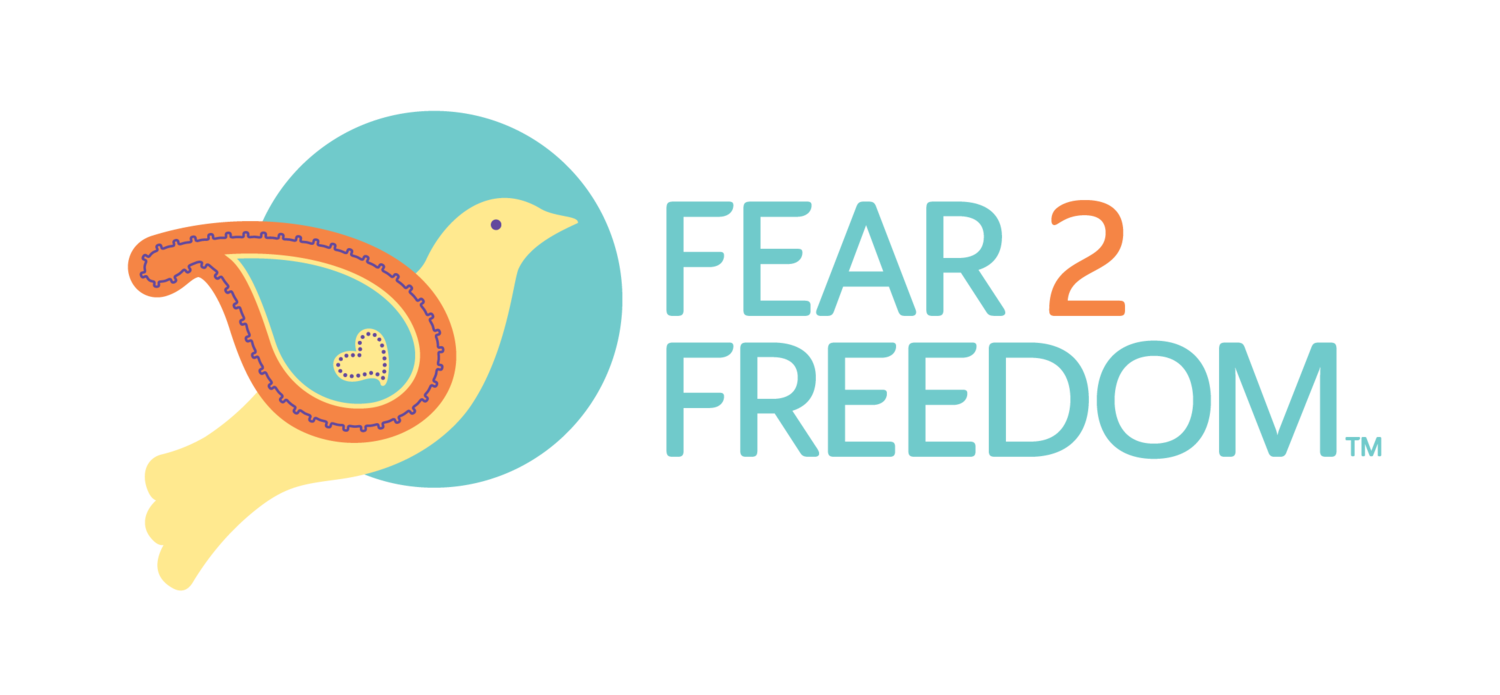Maddie Amos, Director of Grants and Partnerships
When referring to survivors of sexual violence, the focus is typically on primary survivors. But an often overlooked demographic heavily impacted by sexual violence is secondary survivors. A 1995 study by Rory Remer and Robert A. Ferguson describes a secondary survivor as the family or friends of a primary survivor. Remer and Ferguson note that the secondary survivor isn’t necessarily less affected, even though they were not the direct recipients of the trauma. (Note: this blog will use the term ‘secondary survivor’ where some literature refers to this same person as a ‘secondary victim.’)
A secondary survivor can have any kind of relationship with a survivor of sexual violence. According to Community Advocates for Family and Youth, this can include the types of relationships shown in (but not limited to) the graphic below. In addition to these close personal relationships, coworkers and classmates can also be secondary survivors.
Many studies show that secondary survivors have a large influence on how the primary survivor heals from the assault. The most important thing that secondary survivors can do to support the primary survivor is believe them. According to a 2012 study by Dorte Christiansen, MSc, Rikke Bak, MSc, and Ask Elklit, MSC, friends of a primary survivor were more likely than family members to blame the victim for the assault. This is often not intentional. Victim-blaming is normalized and can be automatic. Recognizing your biases and working to counteract them can have positive outcomes for survivors.
Even though some secondary survivors direct partial blame onto the primary survivor, the aforementioned study from Christiansen, Bak, and Elklit found that secondary survivors tended to blame themselves for the assault even more. More than half of the secondary survivors in this study had recurrent thoughts about having been able to prevent the rape. That pervasive self-blame is an example of the traumatic effects a secondary survivor may experience.
Secondary survivors can encounter many of the same traumatic effects that primary survivors feel. Sometimes, the secondary survivor experiences them more than the primary survivor. These responses to trauma can affect them both physically and mentally. Here are some common symptoms that secondary survivors experience, gathered from the Community Advocates for Family and Youth and Prevail, Advocating for Victims of Crime and Abuse. A secondary survivor may or may not experience any of these. Whatever someone’s response, it is normal and valid.
In order to support the primary survivor, secondary survivors need to take care of themselves. Here are some self-care tips for secondary survivors taken from various sources, including a study written by Georgina Fuller, the Remer and Ferguson study, Community Advocates for Family and Youth and Prevail, Advocating for Victims of Crime and Abuse.
Lisa, the parent of a survivor, told us that "[the hardest part for me was realizing that] all the love and support in your parental arsenal cannot take away your child's pain." We at F2F want to expand knowledge about the struggles that secondary survivors face. Many of them may not realize how a loved one’s assault has been impacting them. Know that your feelings are valid and normal, and that there are options for you to seek help.



